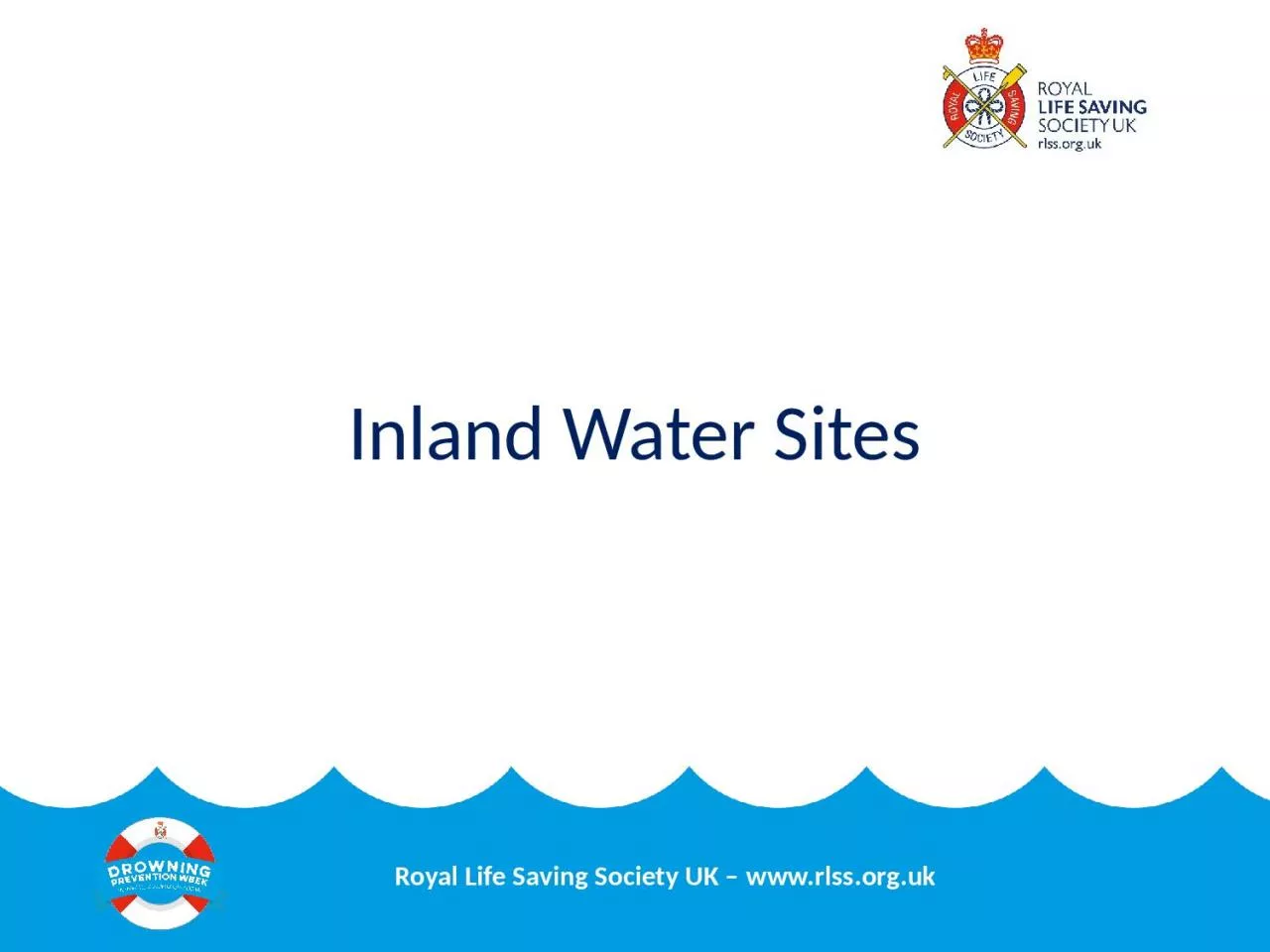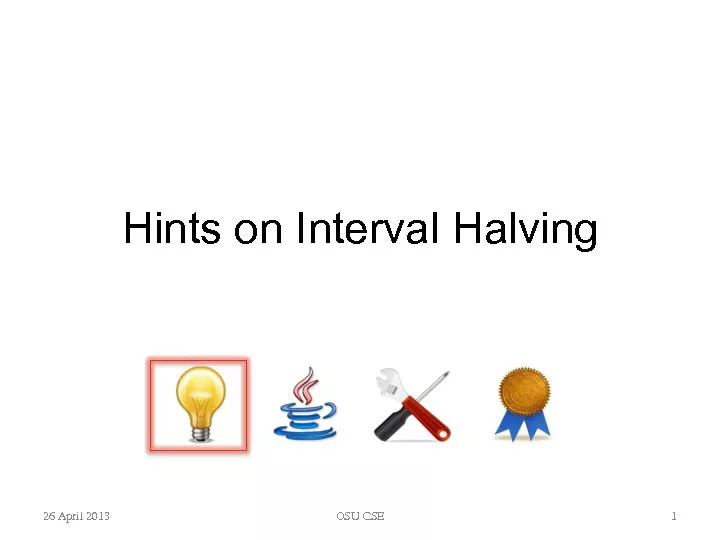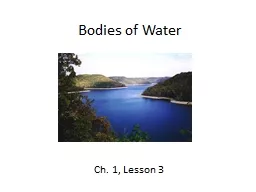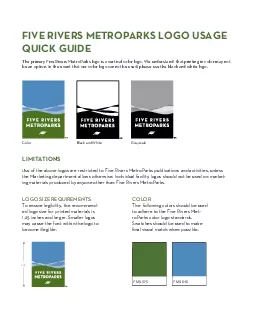PPT-Inland Water Sites Over half of drownings occur at inland water sites which include rivers,
Author : victoria | Published Date : 2024-02-03
Thats over 200 drownings every year Many of these drowning occur because people assume that swimming or jumping into open water is similar to using a swimming pool
Presentation Embed Code
Download Presentation
Download Presentation The PPT/PDF document "Inland Water Sites Over half of drowning..." is the property of its rightful owner. Permission is granted to download and print the materials on this website for personal, non-commercial use only, and to display it on your personal computer provided you do not modify the materials and that you retain all copyright notices contained in the materials. By downloading content from our website, you accept the terms of this agreement.
Inland Water Sites Over half of drownings occur at inland water sites which include rivers,: Transcript
Download Rules Of Document
"Inland Water Sites Over half of drownings occur at inland water sites which include rivers,"The content belongs to its owner. You may download and print it for personal use, without modification, and keep all copyright notices. By downloading, you agree to these terms.
Related Documents














